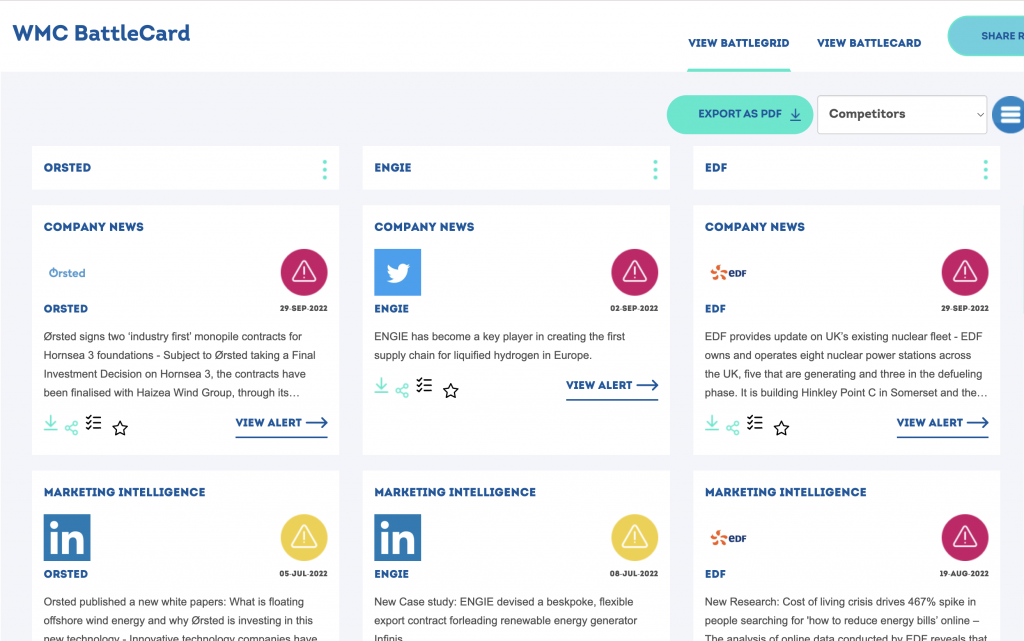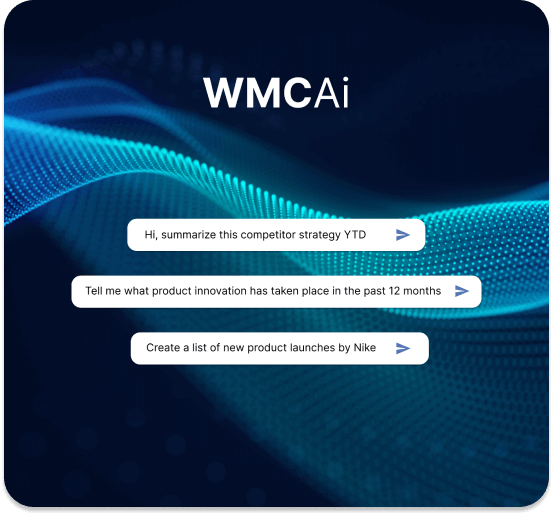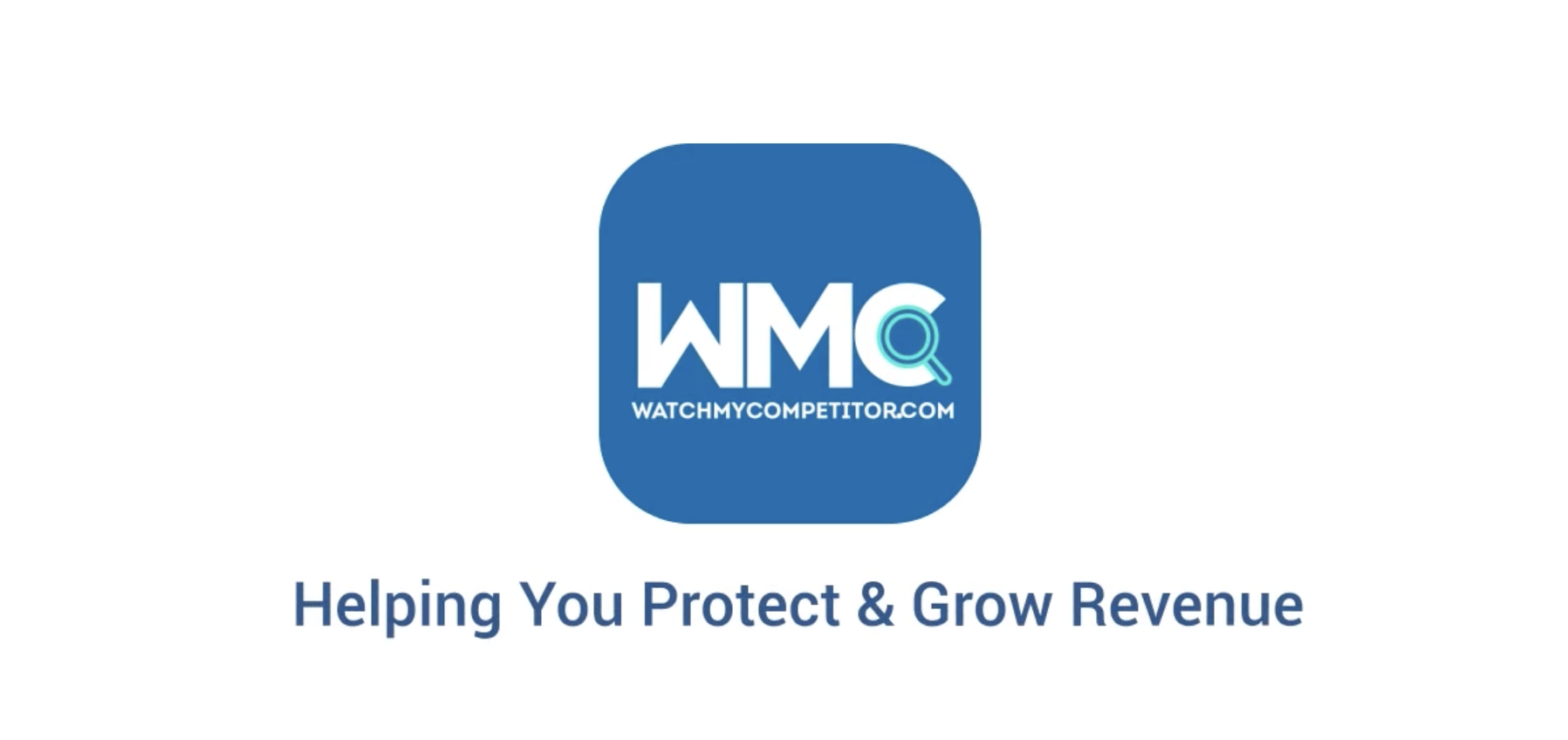In the fast-paced world of online business, staying ahead of the competition requires more than just a superficial glance at your rivals’ online strategies. Competitor research and monitoring hold the key to unlocking valuable insights that can drive your marketing efforts, foster innovation and ultimately boost your brand’s performance.
In this article, we’re going to be exploring the core website monitoring metrics that are crucial for marketing professionals, social media executives and brand managers. By understanding these metrics and harnessing the capabilities of website monitoring tools, you can not only keep pace but also stay one step ahead of your competitors.

What Are Website Monitoring Metrics?
Website monitoring metrics are key performance indicators (KPIs) that measure the performance of a website. They can be used to track a variety of aspects of a website, including traffic, engagement, and conversion rates.
By tracking these metrics, website owners can get valuable insights into how their website is performing and make necessary adjustments to improve its performance. Here’s a look at some of the most important website monitoring metrics that you need to be aware of:
Online traffic: This metric measures the number of visitors to a website.
Engagement: This metric measures how visitors interact with a website, such as how long they spend on the website and how many pages they view.
Conversion rate: This metric measures the percentage of visitors who take a desired action, such as making a purchase or signing up for a newsletter.
In addition to these core metrics, there are many other website monitoring metrics that can be tracked, such as bounce rate, average time on page and social media shares. By tracking a variety of metrics, website owners can get a comprehensive picture of how their website is performing and make informed decisions about how to improve it.
The 7 Important Competitor Website Metrics To Consider
1) Monitor competitors’ rankings
Keeping a close eye on your competitors’ rankings means that you can gain useful insights. It’s about understanding which search queries they are dominating, where they are faltering and how they are adapting.
Utilising automated tools you’re able to personalise tracking to your location, identify competitors that share your rankings and monitor multiple competitor websites within a single project. This insight empowers you to fine-tune your SEO strategies and stay ahead of the curve.
2) Monitor competitors’ social media mentions
In the era of social connectivity, tracking your competitors’ social media mentions is a goldmine of customer sentiment. Tapping into the right tools allows you to access an array of features, including reputation monitoring, task assignment for lead conversion and identification of potential influencers.
By monitoring both brand-specific mentions and broader niche terms, you can spot emerging competitors and proactively engage with your audience.
3) Monitor competitors’ backlinks
Backlinks are the backbone of online authority. Understanding where your competitors are acquiring their backlinks can offer insights into their SEO strategy and potential growth trajectories. Backlink monitoring solutions can provide a clear view of your competitors’ link-building efforts, helping you draw inspiration for your own campaigns while avoiding pitfalls.
4) Monitor competitors’ on-page changes
A website’s every change is a strategic move. By monitoring your competitors’ on-page changes, you can gain insights into their optimisation strategies, content updates and user experience enhancements.
For example, if you see that a competitor has added new content to their website, you can learn about the topics they are covering and the keywords they are targeting. You can also see how they are formatting their content and how they are using images and videos. This information can help you improve your own content strategy.
5) Monitor competitors’ unhappy clients
Converting your competitors’ disgruntled customers into your own satisfied clients is a great move. Monitoring platforms like Twitter for mentions of your competitors’ brand, can open doors to engagement opportunities that your competitors might be missing. This personalised approach can set you apart and foster customer loyalty.
6) Monitor their customers’ questions
Twitter becomes a treasure trove for competitor insights when you track the questions customers are asking about their products or services. This information not only helps you understand market needs but also guides your content creation and product development efforts. By addressing these questions, you establish your brand as a reliable source of solutions.
7) Monitor competitors’ PPC advertising
In the realm of paid advertising, understanding your competitors’ strategies is a game-changer. Tools are able to offer a glimpse into your competitors’ PPC campaigns, revealing the keywords they are targeting and the ad copy they are using. This intelligence equips you to refine your own campaigns and allocate your budget more effectively.
Using WatchMyCompetitor for Your Website Monitoring Strategy
WatchMyCompetitor (WMC) is a powerful tool that can help you streamline your competitor monitoring efforts. It consolidates data across various metrics, giving you a comprehensive view of your competitors’ activities.
With WMC, you can easily gather and analyse data on rankings, social media mentions, on-page changes, and more. These valuable insights can help you make better decisions about your own website and marketing strategy.

Comprehensive data: WMC tracks a wide range of metrics, giving you a complete picture of your competitors’ activities.
Automated tracking: WMC automatically tracks your competitors’ websites, so you don’t have to do it manually.
Real-time alerts: WMC sends you real-time alerts when your competitors make changes to their websites.
Customisable reports: WMC lets you create customised reports that focus on the metrics that are most important to you.
If you’re looking for a powerful tool to help you monitor your competitors, WatchMyCompetitor is a great option. With WMC, you can stay ahead of the competition and make better decisions about your own website and marketing strategy.
Final Thoughts
In the ever-evolving digital landscape, website monitoring metrics form the backbone of strategic decision-making. By vigilantly tracking metrics such as rankings, social media mentions, backlinks, on-page changes, customer feedback, questions and PPC advertising, you’re not just keeping tabs on your competitors—you’re harnessing a wealth of actionable insights.
These insights empower you to refine your strategies, drive innovation, and carve a distinctive path in a competitive arena.
Leveraging the capabilities of tools like WatchMyCompetitor elevates your monitoring efforts to a new level. By centralising data collection and analysis, WMC enables you to gain a panoramic view of your competitors’ activities, helping you navigate challenges and seize opportunities with confidence.
Remember, website monitoring isn’t merely about mimicking your competitors—it’s about making informed decisions, leveraging insights, and forging your own path toward sustained success in a dynamic digital landscape.
Website Monitoring Metrics FAQs
Why is website monitoring crucial for marketing professionals?
Website monitoring equips marketing professionals with real-time insights into competitors’ strategies, enabling them to make informed decisions and adapt campaigns for maximum impact.
How can WatchMyCompetitor benefit my brand’s competitive strategy?
WatchMyCompetitor streamlines competitor data collection and analysis, enabling your brand to identify emerging trends, capitalise on gaps and refine strategies for sustained growth.
Can tracking unhappy clients of competitors lead to business growth?
Yes, engaging with unhappy clients of competitors showcases your brand’s commitment to customer satisfaction, providing an opportunity to convert dissatisfied customers into loyal advocates.
What’s the significance of monitoring competitors’ on-page changes?
Monitoring on-page changes offers valuable insights into competitors’ optimisation strategies, enabling you to align your own efforts for improved performance.








